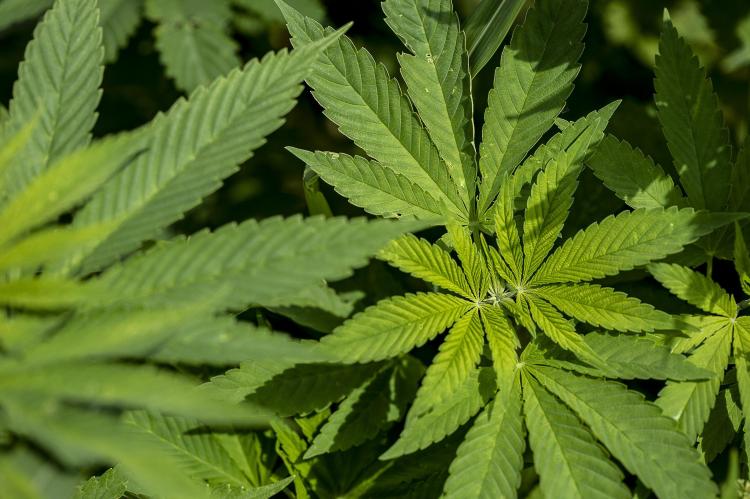Proposed hemp rules could exclude small farmers
Ohio farmers worry that the state’s proposed hemp production rules, which require that at least 1,000 plants be grown on at least a quarter acre, will exclude smaller operators. Application and licensing costs also are a concern.
The Ohio Department of Agriculture is finalizing the rules for growing hemp, and small farmers worry that the cost and minimum planting requirements will exclude them from a potentially lucrative crop.
Hemp farmers must use least a quarter acre and must grow at least 1,000 plants, according to a draft of the rules, which are expected to be finalized in January. State officials say the rules are unlikely to change before then.
License and application fees are expected to total hundreds of dollars.
David Miran, executive director of the department’s hemp program, said Ohio’s rules were devised after a review of hemp programs in other states, assessing what worked and what didn’t.
Ohio wants hemp grown only for commercial production, Miran added. If too many people grow hemp on small patches in their backyards, police would have difficulty differentiating it from illegal marijuana (the plants look similar). Restricting the crop to larger operations eases that burden, he said.
The acreage and planting requirement “is a high barrier for entry,” said Andy Hupp, a farmer who grows organic vegetables on 2 acres in Groveport.
Hupp said he looks for high value crops to grow on small plots.
“We would love to get our foot in the door, start learning about how to produce the crop successfully,” he said.
But hemp production was legalized in Ohio just this year, and the state has no market for the crop yet, meaning an aspiring hemp grower is already taking a chance. The prospect of devoting a quarter acre and growing 1,000 plants “would be a pretty big risk,” Hupp said.
A variance provides wiggle room for farmers with slightly less than a quarter acre on which to grow hemp, or those who plant slightly fewer than 1,000 plants, Miran said. The variance is dictated by “logic and reason,” he said.
The proposed $500 application fee is prohibitive for some farmers. In addition, those who want to grow more hemp in more than one place must apply for a license for each.
“Is that something that’s going to make or break the industry? Absolutely not,” Ohio Hemp Association President Jen Lynch said. “But that was something we had hoped they would give a second look to.”
But overall, Lynch said, she thinks the state wrote a solid set of rules.
The U.S. Department of Agriculture requires states to know the location of every hemp plant, Marin said, and fees cover the cost of sending inspectors to each plot.
“We’re just trying to break even,” he said.
The farming community also was hoping for more leeway on the threshold of 0.3% THC that separates hemp from marijuana under state law. The threshold is based on USDA regulations.
Hemp generates more THC as the crop ages, and Julie Doran, founder of the Ohio Hemp Farmers Cooperative, said some growers could be forced to harvest hemp before it is fully mature to stay under the legal limit.
“You could have thousands of dollars invested in this,” but if you surpass that threshold, “you’re going to have to destroy your whole crop,” said Troy Erickson, an entrepreneur who plans to harvest hemp in Ada in Hardin County about 70 miles northwest of Columbus.
Ohio’s rules have a small amount of leeway, Marin said. Farmers must have their products tested at labs, which have a margin of error for their equipment. For example, if a lab has a 0.05% margin of error, and a farmer’s harvest tests at 0.33% THC, the farmer may still sell it.
Original Source
- Log in to post comments

